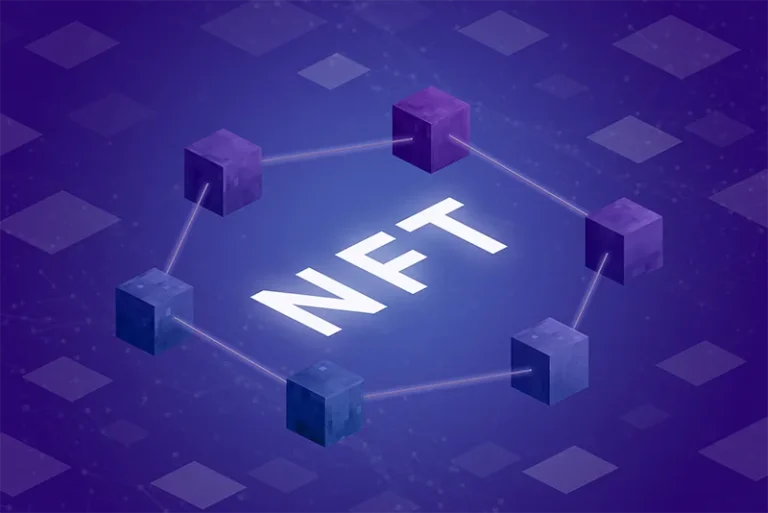
T7X
25 November, 2024
The world of asset management is evolving rapidly, thanks to the rise of blockchain technology and the concept of tokenization. Traditionally, managing assets has been a time‑consuming and complex process, often requiring intermediaries, significant capital, and extensive paperwork. Tokenization offers a modern alternative, promising greater efficiency, liquidity, and accessibility. But how do these two approaches to asset management stack up against each other? In this post, we’ll explore the differences between tokenization and traditional asset management, highlighting the key advantages and challenges of each.
1. Ownership Structure
Traditional ownership is represented through deeds, certificates, or contracts, usually in whole or large stakes that demand substantial capital. Tokenization fractionalizes ownership by converting assets into blockchain‑based tokens, each representing a portion of the asset—enabling flexible participation with smaller tickets.
2. Accessibility for Investors
High entry barriers, legal fees, and specialist knowledge limit traditional access to institutional or high‑net‑worth investors. Tokenization lowers barriers through fractional shares, democratizing participation across real estate, commodities, collectibles, and more for retail investors.
3. Liquidity
Many traditional assets (real estate, fine art, private equity) are illiquid and slow to sell. Tokenized assets can trade on secondary markets, allowing faster entries and exits—often around the clock—reducing liquidity constraints relative to conventional processes.
4. Transparency and Security
Traditional systems rely on intermediaries and siloed records that risk error or fraud. Tokenization records ownership and transfers on decentralized ledgers, providing transparent, immutable histories. Platform security and smart contract risks still require diligence, but on‑chain traceability is a major improvement.
5. Transaction Speed and Costs
Conventional transfers (e.g., real estate) involve multiple parties, paperwork, and fees over weeks or months. Smart contracts automate enforcement and settlement for tokenized assets, compressing timelines and costs. Note that blockchain congestion can raise fees on some networks during peak demand.
6. Regulatory Considerations
Traditional asset management benefits from well‑defined, jurisdiction‑specific rules and protections but faces cross‑border frictions. Tokenization regulations are emerging and uneven across markets, creating uncertainty for issuers and investors—especially regarding AML/KYC and securities classifications.
7. Diversification Opportunities
Traditional diversification across illiquid alternatives often requires large capital. Tokenization enables granular allocations across many tokenized assets, regions, and sectors, letting investors diversify with smaller amounts and build broader risk profiles.
Conclusion
Traditional asset management brings maturity and legal clarity but can be costly, exclusive, and illiquid. Tokenization leverages blockchain to enhance accessibility, liquidity, transparency, and efficiency. Over time, tokenization is likely to complement—not replace—traditional models. Investors should weigh goals, risk tolerance, and regulation to choose the right mix.
All information contained in T7X blog posts are for educational purposes only. The information provided does not constitute investment advice or a solicitation of investment funds. Please consult your financial advisor and tax consultants before investing in any digital currencies. Cryptocurrencies involve a high degree of risk and volatility, often involving a risk of total loss.




